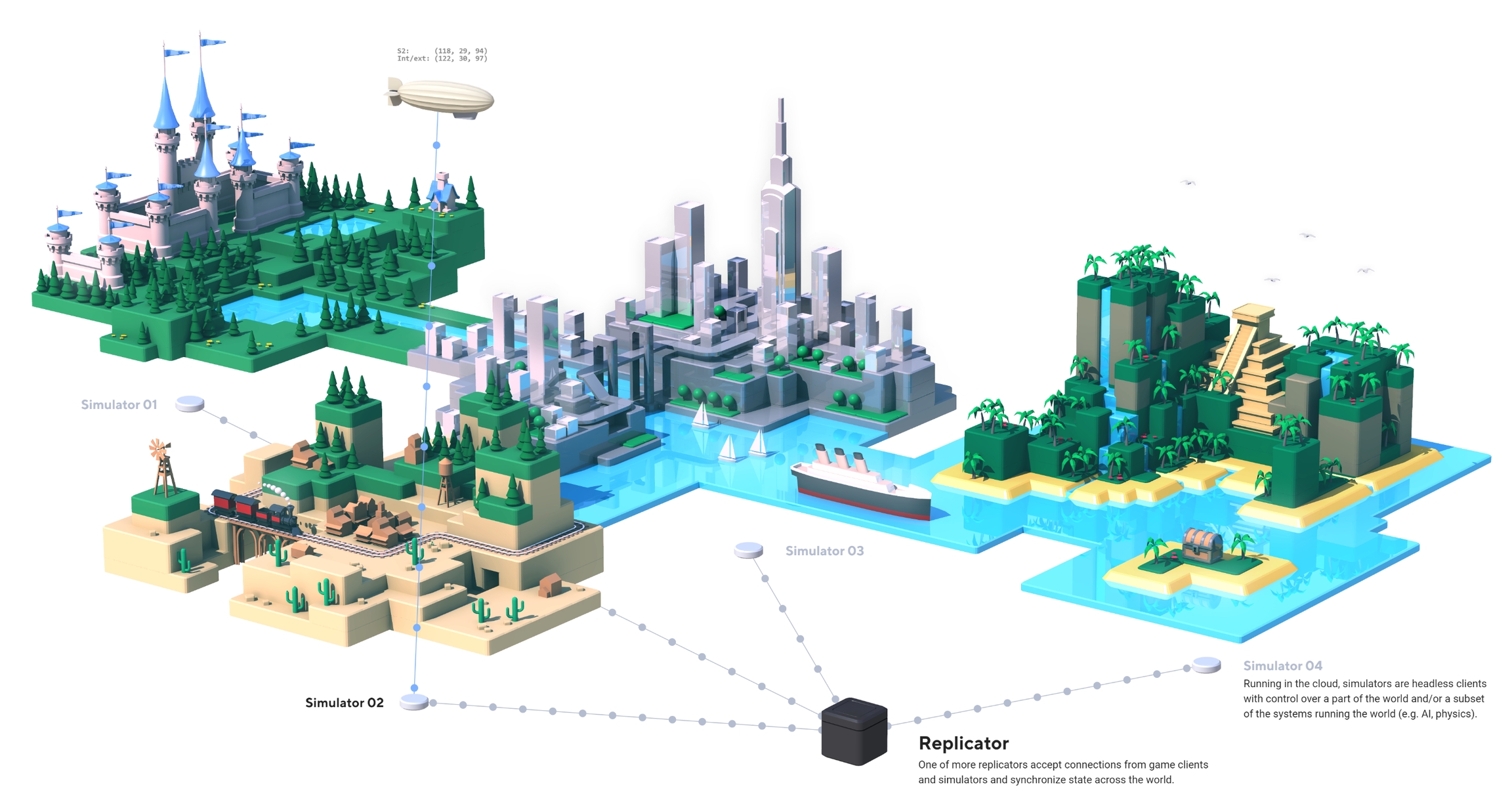Load Balancing
coherence allows us to use multiple Simulators to split up a large game world with many entities between them. This is called spatial load balancing.

You can see load balancing in action in this video:
Was this helpful?
coherence allows us to use multiple Simulators to split up a large game world with many entities between them. This is called spatial load balancing.

You can see load balancing in action in this video:
Was this helpful?
Was this helpful?